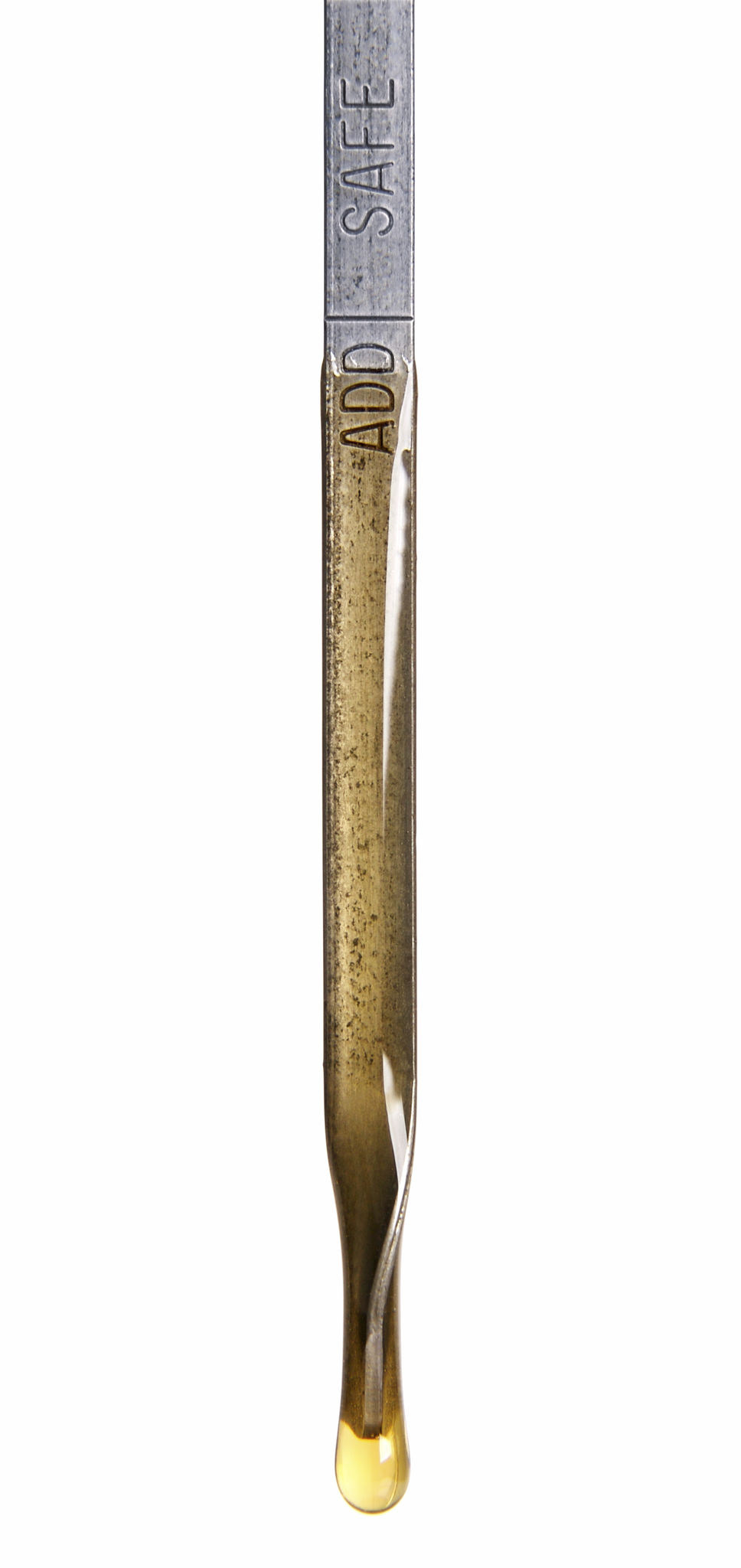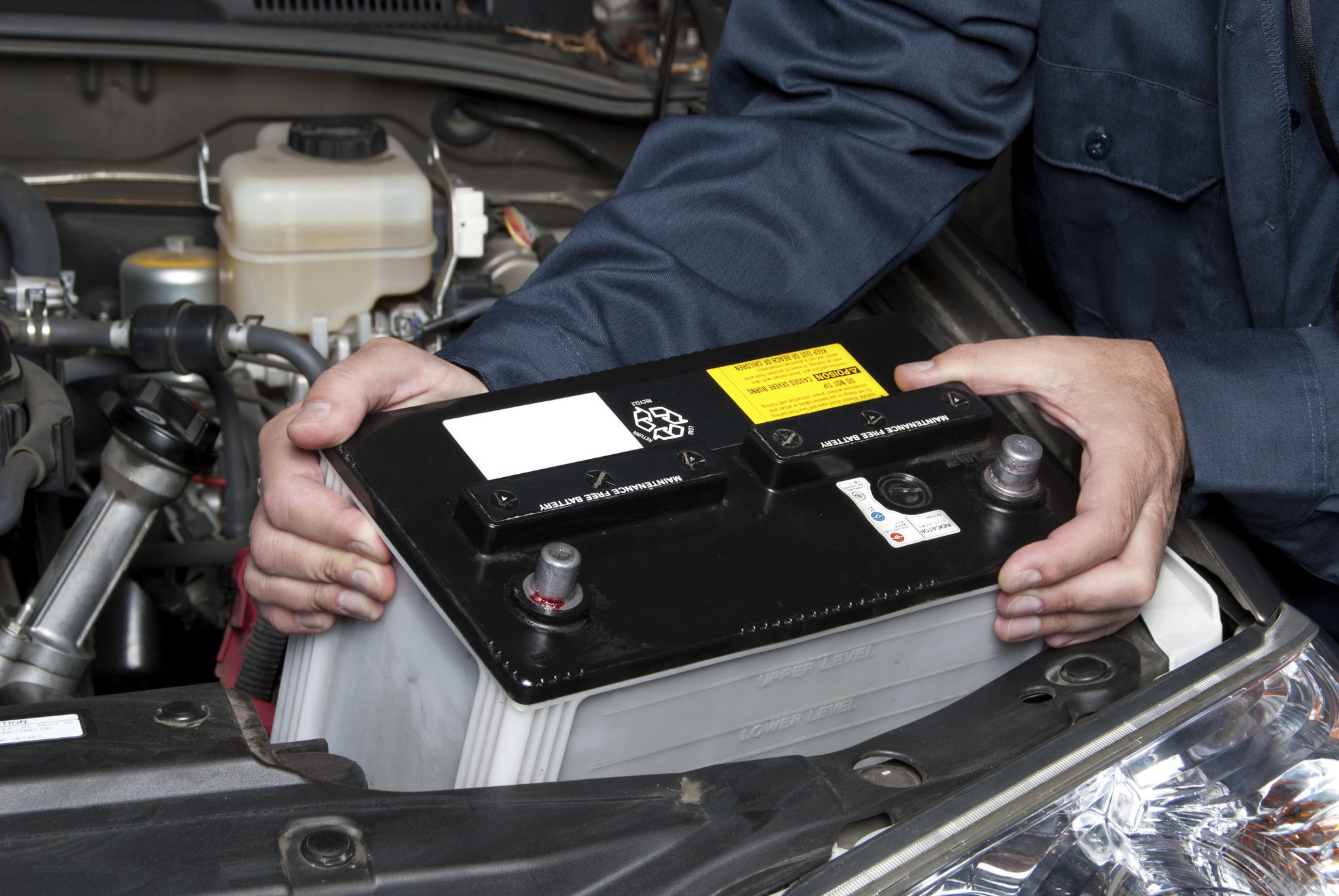DIY Tips for Basic Fleet Maintenance
Understanding Fleet Maintenance
Managing a fleet of vehicles requires a proactive approach to maintenance to ensure efficiency and longevity. While professional services are crucial, there are basic DIY tips that fleet managers can implement to keep their vehicles in top shape. Regular maintenance not only helps avoid costly repairs but also enhances safety and performance.
Before diving into the specifics, it's vital to understand the basics of fleet maintenance. This includes routine checks, timely repairs, and maintaining a meticulous record of services performed. An organized approach can significantly extend the life of your fleet vehicles.

Regular Oil and Fluid Checks
One of the simplest yet most effective maintenance tasks is regularly checking and changing the oil. Clean oil ensures that the engine runs smoothly and avoids unnecessary wear and tear. Depending on the vehicle's usage, oil changes may be required every 3,000 to 5,000 miles.
In addition to oil, checking other fluids such as coolant, brake fluid, and transmission fluid is crucial. These fluids are essential for the proper functioning of various vehicle systems, and maintaining their levels can prevent overheating and component failure.
Steps for Checking Fluids
- Park the vehicle on a level surface and turn off the engine.
- Locate each fluid reservoir under the hood.
- Use the dipstick or sight gauge to check levels, adding fluid as necessary.

Tire Maintenance and Rotation
Tires are among the most critical components of a vehicle, impacting fuel efficiency, handling, and safety. Regularly inspecting tires for proper inflation and tread wear is essential. Under-inflated tires can lead to poor fuel economy and handling issues.
Tire rotation should be part of your regular maintenance schedule. Rotating tires every 5,000 to 7,500 miles helps ensure even wear, enhancing their lifespan and performance. Proper alignment and balancing are also key factors in tire care.
Battery Care
Vehicle batteries require attention to ensure reliability, especially in extreme weather conditions. Corrosion on battery terminals can lead to poor connections and potential starting issues. Regularly cleaning terminals with a mixture of baking soda and water can prevent corrosion.
If a battery is more than three years old, consider having it tested during routine maintenance checks. This proactive measure can prevent unexpected breakdowns.

Brake System Checks
The brake system is paramount for safety and requires regular inspections. Listen for any unusual noises when braking, such as squealing or grinding, which may indicate worn-out pads or other issues. Ensure that brake fluid levels are adequate and replace them as recommended by the manufacturer.
Regularly inspecting the brake system can prevent costly repairs and ensure safety for drivers and passengers alike.
Maintaining a Maintenance Log
A well-maintained record of all maintenance activities provides valuable insights into each vehicle's history. This log should include dates of service, what was done, and any parts replaced. It helps in scheduling future maintenance tasks and can be essential for resale value.
Incorporating these DIY maintenance strategies into your fleet management routine not only saves money but also ensures that your vehicles remain dependable and safe on the road.
